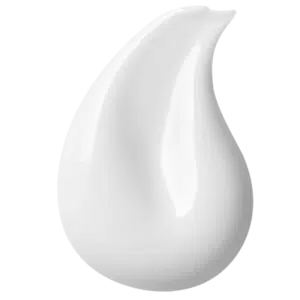Differin
What is adapalene?
Adapalene is a type of topical treatment for acne that can also help with wrinkles and signs of ageing. It’s a type of retinoid, which refers to medicines that are derived from vitamin A. This means retinoids are similar in function or structure to vitamin A. Adapalene is a type of synthetic retinoid, which means it doesn’t occur naturally and is man-made.
Adapalene is available as a gel or a cream, so you can choose the one that suits your skin better. Adapalene cream is good for skin that’s dry or sensitive, whereas the gel is more appropriate for ‘normal’ or oily skin.

